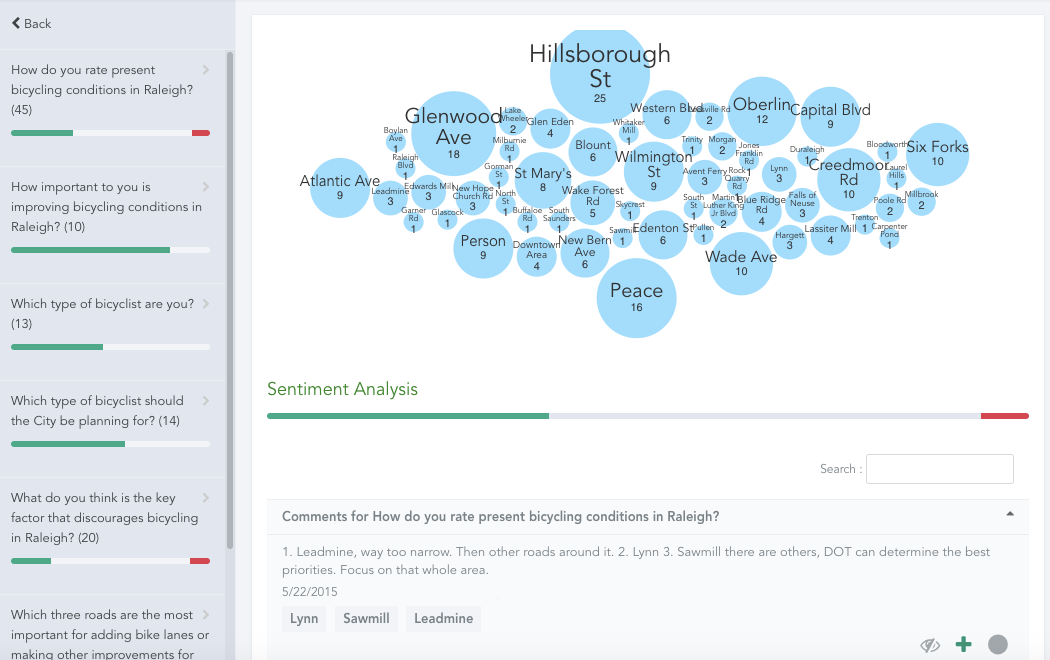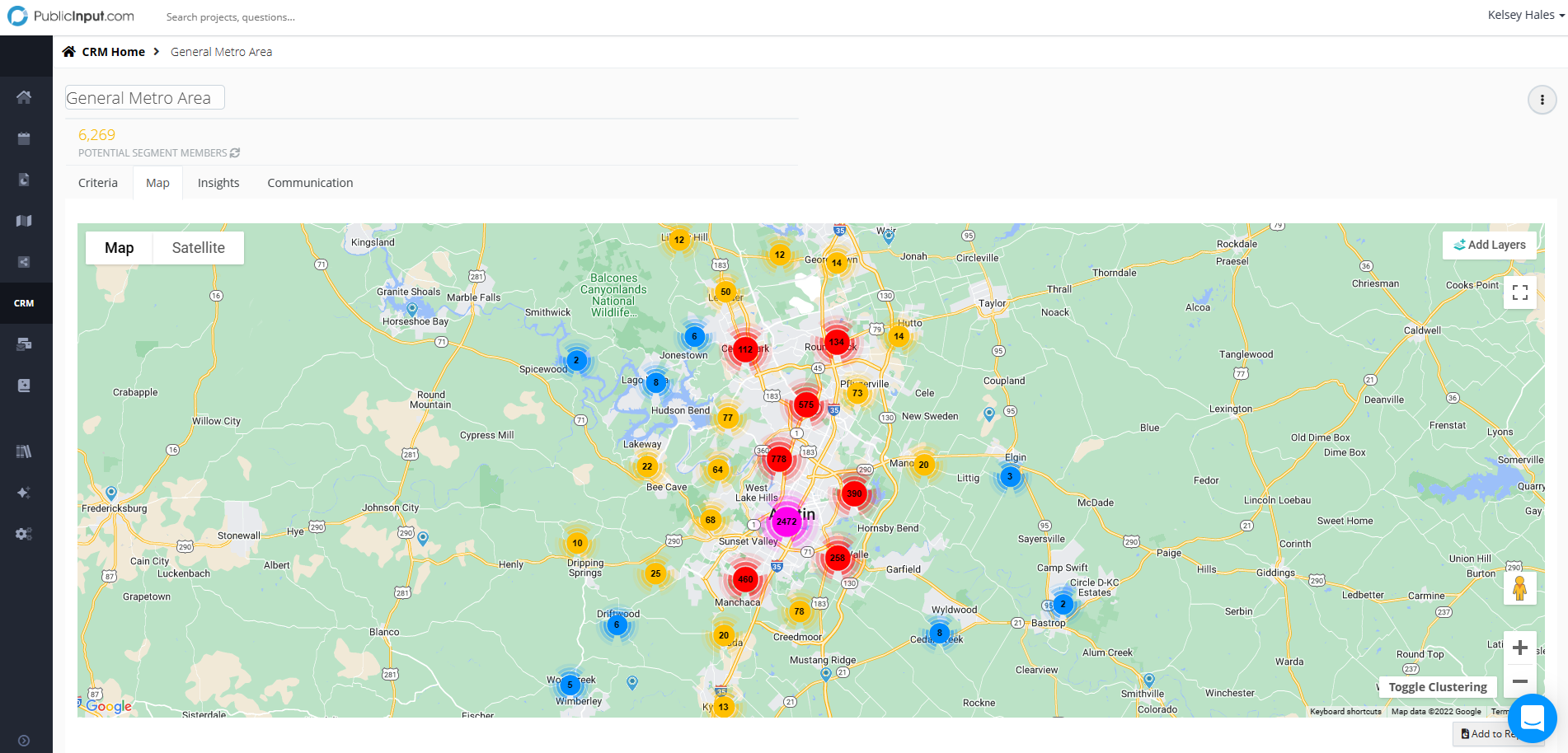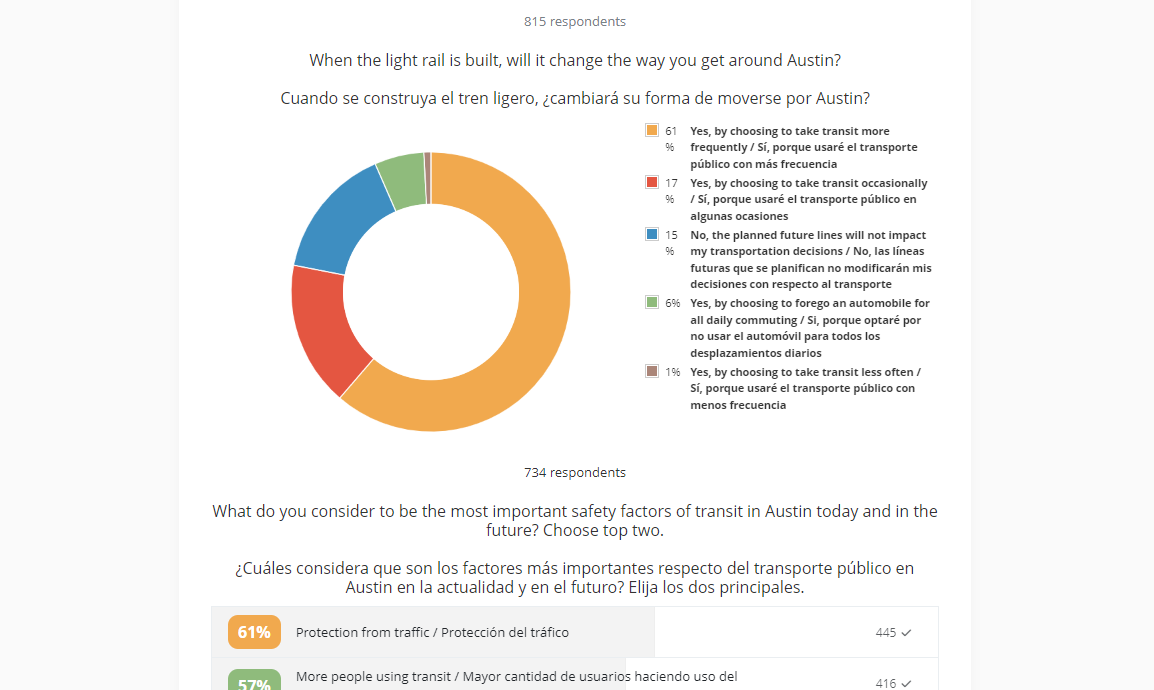
As a transit planner, engaging across various channels is essential to ensure the broadest representation of your community is considered as a part of the decision making process. Online surveys, customer service lines, social media interactions, and traditional meetings all represent a valuable opportunity to capture insights that can inform recommendations and improve mobility. How do you ensure that every interaction is captured and evaluated as a part of the bigger picture?
The right public engagement platform should act as a consolidating element of your communications and engagement strategy, streamlining processes and enhancing your data analysis abilities. Historically, efforts to broaden outreach involve creating new tactics that come with proportionate increases in workload. In this article we break down several ways to leverage existing initiatives to develop a more comprehensive understanding of rider needs and streamline decision making.
1. Maximize Everyday Insights to Prioritize What Matters Most
One of the biggest advantages of consolidating rider engagement data is the ability to pinpoint the most pressing issues that riders are concerned about. Many key insights are shared ‘in the moment’ and outside of the typical project-led engagement approach, leaving planners to try and rediscover these concerns in formal settings that occur infrequently and outside of their original context.
Centralizing customer service touch points in a system of record that features comment analysis tools allows dynamic engagement to become a reference point for when larger initiatives are launched. This not only saves time and resources but also ensures that you are addressing the real needs and concerns of your rider base as opposed to the more informed participants who are likely to attend public meetings. When you understand what your riders are talking about, you can prioritize improvements and communicate more effectively about the changes that will have the most impact.

2. Make Data-Driven Plans That Reflect Rider Needs
Community-centric transit planning requires more than hosting public meetings and promoting online surveys – it demands an understanding of who has been a part of the process and the ability to filter engagement data by criteria that adds context to the lived experiences of each group. A service change that cannot identify what existing riders compared to potential riders or the greater community has to say about the impacts is not a service change based in true rider engagement.
By aggregating feedback in a central system of record, you can uncover patterns and trends that might otherwise be lost in the limited perspective of a public meeting, or the noise of siloed engagement formats and manual processes. This holistic approach to data analysis helps ensure that your transit services are both efficient and aligned with the community’s expectations. By basing your plans on solid data, you can enhance service delivery and demonstrate a clear commitment to meeting the needs of your riders.

3. Defend Your Decisions with Clear Evidence
In today’s data-driven world, being able to back up your decisions with concrete evidence is key. PublicInput helps you tell clear community stories with resident engagement data, offering a single system of record to show who you reach, where, and how. When faced with the need to justify a new route, a schedule change, or any other transit decision, you can rely on your comprehensive engagement data to provide a transparent and accountable rationale. This not only builds trust with your community but also helps to fend off potential criticisms by showing that your decisions are based on a broad spectrum of rider input. Having detailed, organized data at your fingertips allows you to present a compelling narrative that underscores the thoughtfulness and responsiveness of your planning process.

How Can PublicInput Help?
Using rider engagement data effectively can transform the way you plan and communicate about transit services. By understanding the most critical topics your riders are bringing up, preparing to defend your decisions with clear community stories, and delivering plans based on comprehensive data, you can create a transit system that is responsive, efficient, and truly in tune with the needs of your community. With the right public engagement software, every interaction with your riders becomes an opportunity to improve and excel.
For more information on how you can tap into rider engagement data, request a demo with our team.
Recommended for you:



